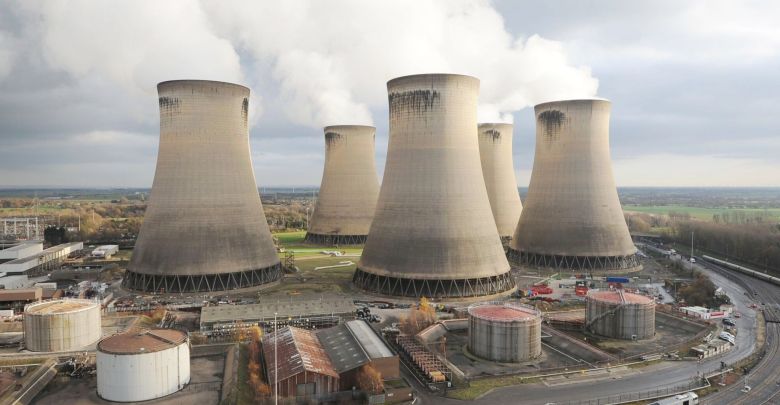The Environmental Protection Agency (EPA) has excluded already existing gas-fired power plants from a new regulation that would mandate the installation of carbon capture systems on smokestacks to reduce emissions.
“The agency is taking a new, comprehensive approach to cover the entire fleet of natural gas-fired turbines, as well as cover more pollutants including climate, toxic and criteria air pollution,” EPA Administrator Michael Reagan said, as quoted by Reuters.
The carbon capture mandate idea was first made public last year and prompted a heated response from the electric utility sector on the grounds that it would make the electricity produced by coal and gas-fired power plants even more expensive than it already is thanks to energy policies that have caused costs to balloon.
This, the industry argued, would compromise electricity supply security as many plants would be forced out of business leaving less baseload capacity available to back up growing wind and solar generation.
The U.S. grid is already under growing strain in terms of reliability of supply, regulators such as the North American Reliability Corp. and the Federal Energy Regulatory Commission have warned in recent months.
The reason for this strain is that baseload generation—coal, gas, and nuclear—is being retired faster than alternatives are being put online. There is also the problem of these alternatives not being on par with hydrocarbon capacity in terms of performance.
“One nameplate megawatt of wind or solar is simply not equal to one nameplate megawatt of gas, coal or nuclear,” FERC commissioner Mark C. Christie told Congress last June, during a hearing in front of the Subcommittee on Energy, Climate and Grid Security.
This probably motivated the EPA’s decision to exclude existing gas plants from its carbon capture rule but the authority said it will be proposing special new rules for gas generators specifically at a later date.
Oilprice.com




